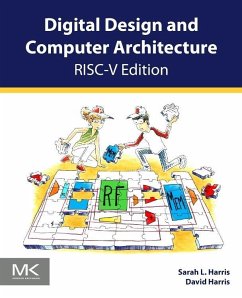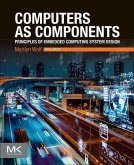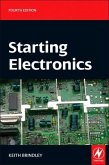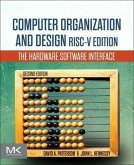Covers the fundamentals of digital logic design and reinforces logic concepts through the design of a RISC-V microprocessor Gives students a full understanding of the RISC-V instruction set architecture, enabling them to build a RISC-V processor and program the RISC-V processor in hardware simulation, software simulation, and in hardware Includes both SystemVerilog and VHDL designs of fundamental building blocks as well as of single-cycle, multicycle, and pipelined versions of the RISC-V architecture Features a companion website with a bonus chapter on I/O systems with practical examples that show how to use SparkFun's RED-V RedBoard to communicate with peripheral devices such as LCDs, Bluetooth radios, and motors The companion website also includes appendices covering practical digital design issues and C programming as well as links to CAD tools, lecture slides, laboratory projects, and solutions to exercises See the companion EdX MOOCs ENGR85A and ENGR85B with video lectures and interactive problems








